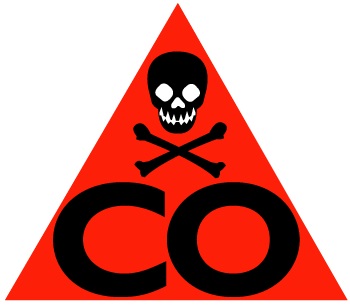
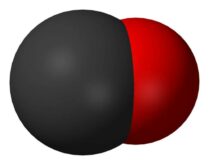
Most of us know that carbon monoxide is a deadly poisonous gas. It is tasteless, colorless, odorless, and virtually undetectable. Carbon monoxide restricts your body’s hemoglobin from transporting oxygen in your blood to vital organs such as your brain, heart, etc. Exposure to just small traces, even if for a brief period of time is critical or fatal, especially if you have heart or lung disease, are elderly, or have small children.
What does CO have to do with HVAC? Gas furnaces burn and combust carbon. During the combustion process, carbon oxidizes through a series of reactions and forms CO2 (Carbon dioxide) just like a vehicle’s internal combustion engine does as gasoline is burned. But, the same as in a car, a 100% conversion to CO2 is rarely achieved. Some of the carbon stays in the intermediate stage of oxidation and is emitted as carbon monoxide.
If you are in an enclosed space with a car’s engine running, you are exposing yourself to the trace amounts of carbon monoxide coming out in the vehicle’s exhaust. The difference between cars and furnaces is that cars are designed to adhere to strict environmental standards that limit the amount of CO they give off into outdoor air (9 parts per million for 8 hours or 35 parts per million for 1 hour).
There are no standards set for emissions into indoor air, so if a furnace is not operating properly, it could be making your home like being trapped in a closed garage with a running car, exposing you to CO without you even knowing it.
A furnace that is in good condition functioning safely and properly contains carbon monoxide in the walls of the heat exchanger and channels it through the flue pipe, where it is vented safely into the air outside your home. But, over time, rust can cause heat exchangers to crack and deteriorate, leading to carbon monoxide leaks (among other dangers). Higher levels of CO emissions can also be caused by defective/misaligned burners, improper air-to-fuel ratio (a certain amount of air must be present in a combustion chamber in order for the fuel to ignite. The measure of how much air is present vs how much fuel is there is called the air-to-fuel-ratio or AFR), or a dirty burner.
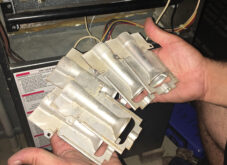
How do you prevent CO leaks?
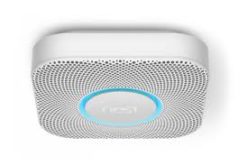
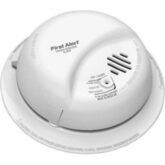
There are also electric furnaces. Electric furnaces are quieter, safer, easier to maintain, and generally cheaper to install. These furnaces are a good fit if your home has no natural gas lines.
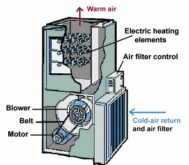
Of course, you can also go with the standard split system heat pump and kill 2 birds with one stone. These efficient systems provide both heat and air conditioning.
If you have a furnace and have not yet had it inspected and prepped for the winter, NOW is the time! Weather experts are saying that this winter will be wet and cold, so we will be using heat much more this year. Call us TODAY at (864)-578-7575 or click ‘Get started’ to schedule an appointment. Also, if you are in need of a new heating system, it would be our pleasure to set you up with a free estimate! Stay safe and stay warm this heating season!